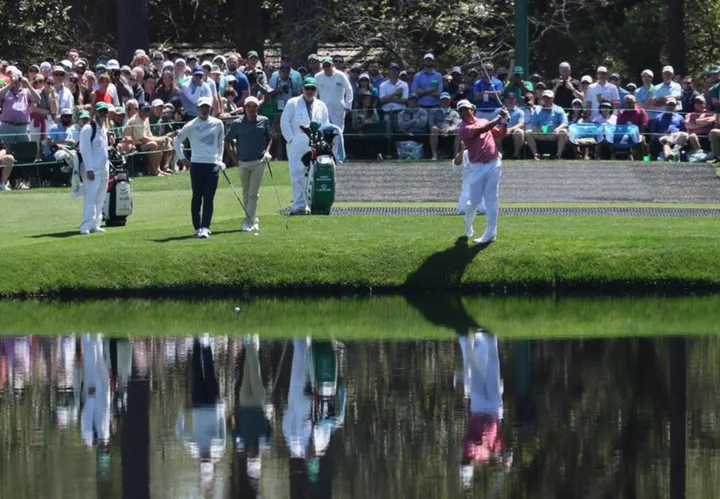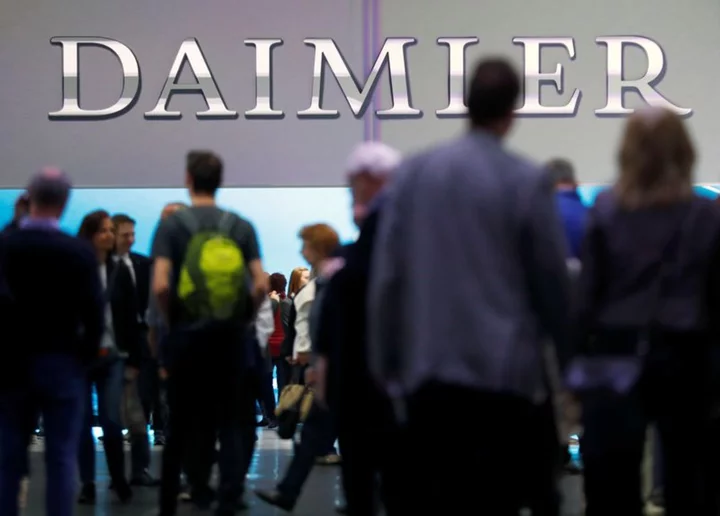The restaurant industry is ever-evolving and continuously bringing in new changes to menus to suit its demographic.
Certain tricks in their menus allow restaurants to subtly nudge customers into enjoying a fuller dining experience, consequently increasing their spending.
Sign up for our free Indy100 weekly newsletter
To help diners avoid falling for these tricks, an expert at Menu Price lifted the lid on the sneaky tricks that encourage people to spend and consume more:
Value menus
Restaurants introduce value menus with meals of different price points. The restaurant hopes that it will motivate customers to opt for the priciest range of the value menu, which has more options, or to bypass the value menu entirely due to its limited options. This strategy ultimately translates into increased profitability.
"If a restaurant's value menu features items like burgers, pizza, and spaghetti, but your preference leans towards a steak, you'll find yourself ordering the steak at its regular cost, bypassing the value menu. This scenario directly contributes to a higher profit for the restaurant," says a Menu Price expert.
Emphasis on certain menu items
Restaurants strategically highlight specific dishes, often those with higher profit margins, drawing customer attention to these preferred items through menu placement and design cues.
The use of colour
Warm hues like red and yellow can trigger hunger, while cooler shades like blue make meals seem more refreshing. Strategically deploying these colours in their menus helps restaurants subtly sway customer choices.
Photographs used sparingly
To maintain a sophisticated aesthetic, restaurants use photographs sparingly, only emphasising selected dishes, making them more appealing to the eye and tastebuds alike.
Descriptive language
Vivid descriptions of dishes can create a compelling image in customers' minds, making the menu items more appealing and increasing the likelihood of ordering.
Avoiding currency symbols
Menus without currency symbols can encourage higher spending, as prices appear less intimidating.
"Keep a close eye on prices, even when restaurants fail to integrate dollar signs. This can help you avoid paying more than you want for a meal," the expert said.
Anchor items
Restaurants place some of their most expensive items next to even more costly options.
The Menu Price expert added: "When customers see a pricey dish positioned next to an even more expensive option, they are more likely to perceive the less costly of the two as a 'better deal."
Use of boxes
Boxes and borders draw attention to specific items, creating a visual 'stage' that makes these dishes stand out.
"This technique is often applied to high-profit items, specials, or unique offerings," they said.
Keeping portion sizes secret
Restaurants offer full or half salads or sandwiches without revealing the portion sizes. Despite any clear explanation, consumers assume that half sizes are overpriced and the full size is more cost-effective.
"Customers perceive they are getting a better deal without even knowing the real serving size of the food options."
Difficult-to-read font
Using complex fonts in menus can slow customers' reading, promoting more profound engagement with dish descriptions. This added interaction can enhance dishes' perceived worth and exclusivity, thereby subtly inspiring a readiness to spend more.
Remain vigilant during your next dining experience and see how many of these subtle tricks you can spot and how much money you can save on your meal.
Have your say in our news democracy. Click the upvote icon at the top of the page to help raise this article through the indy100 rankings.









